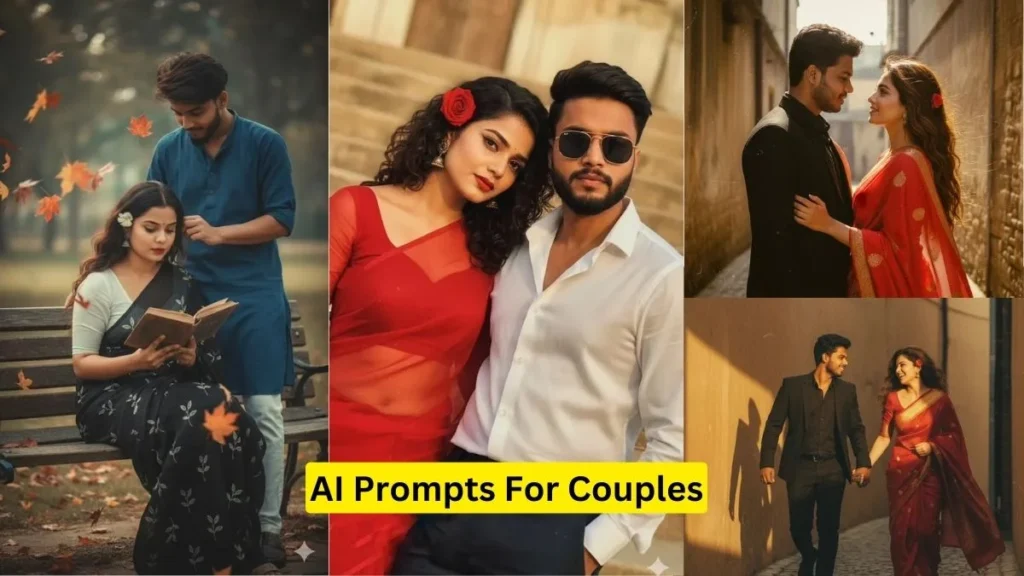Mastering Gemini AI: Prompts to Forge Stunning Portraits & Lifelike Imagery
In the burgeoning sphere of AI artistry, Gemini AI emerges as a potent architect of visuals — transforming your textual whispers into arresting photographs and realistic portraits. The secret? The prompt. How you sculpt your input can sway the output’s fidelity, nuance, and emotional resonance.
Why Precision Matters in Gemini AI Prompts
AI doesn’t “guess” — it obeys the map you give it. Vague commands beget vague output. If you simply say “make a portrait,” what you get is diffuse, unanchored, generic. But nudge the AI with direction — “a close-up portrait of a young woman with auburn curls, soft freckles, gentle ambient light” — and you steer it toward authenticity, coaxing out subtle textures, highlights in pupils, and the telltale glint in eyelashes.
Deft prompts are compact yet rich. They name facial shapes, mention mood, fix gaze direction, hint at setting, and anchor style. That blend of macro + micro detail is the fiber that compels Gemini AI to deliver realism over abstraction.
Infusing Emotion: Beyond Mere Features
A face without feeling is inert. Real portraits live because of emotion. In your prompt, embed cues like “quiet contemplation,” “wistful smile,” “eyes reflecting longing.” Such cues push Gemini to adjust posture, micro-expressions, head tilt, and light emphasis, yielding a portrait that feels human.
You might try:
“A portrait of a middle-aged man looking pensively toward the horizon, his eyes shimmering with memory, soft backlight caressing his cheekbones.”
That little emotional scaffold helps the AI choose features more meaningfully.
Lighting, Setting & Spatial Anchors
Light is everything. It sculpts form. It imparts mood. A prompt that says “warm golden hour sunlight streaming through a window, casting gentle shadows” gives Gemini AI license to simulate directional light, ambient occlusion, tonal depth.
Likewise, specify environment: studio interior? forest glade? urban dusk? Time of day? Interior or exterior? These anchors root your subject in a believable world. The AI then distributes reflections, shadows, and color temperature accordingly.
Style as a Steering Wheel
Gemini AI is malleable. You can pivot from ultra-realism to painterly abstraction by instructing your style. “Photorealistic portrait with fine skin detail” evokes a different realm than “soft pastel illustration, dreamy, with impressionist brush strokes.” You may layer: “hyper-realistic skin textures, sharp eyes, slight film grain, cinematic color grading.” Or veer: “soft watercolor effect, delicate washes, ethereal mood.”
By naming your aesthetic aims, you tell the model where to allocate its “attention budget.”
The Art of Iteration
First drafts seldom suffice. The prompt you feed is a hypothesis. Evaluate the image. What’s off? The jawline? The lighting too flat? Eyes a little lifeless? By refining, you sharpen the AI’s understanding.
Add or subtract detail. Swap “harsh midday sun” for “gentle morning glow.” Replace “thin lips” with “full, softly parted lips.” Tweak until the output aligns more closely with your vision. Over time, you’ll internalize how Gemini responds — and your prompts will evolve from experiment to intuition.
Missteps to Avoid
- Too vague: “Make a portrait” — useless.
- Overstuffed: Jamming every possible instruction can confuse the AI. Contradictory details hamper coherence.
- Jargon overload: “Use gobo lighting at 1.6 stops, set F/2.8, HDRI map from 45° elevation” is too technical unless your model is explicitly engineered for studio lingo.
Aim for clarity and hierarchy: essential descriptors first, embellishments later.
Cultivating Inclusivity & Diversity
Don’t limit yourself to stereotypical beauty or narrow paradigms. Use prompts to depict different ethnicities, varied body types, distinct cultural attire, diverse hairstyles, unique facial features. Let Gemini AI render portraits that reflect real humanity — multiplicity, difference, identity
